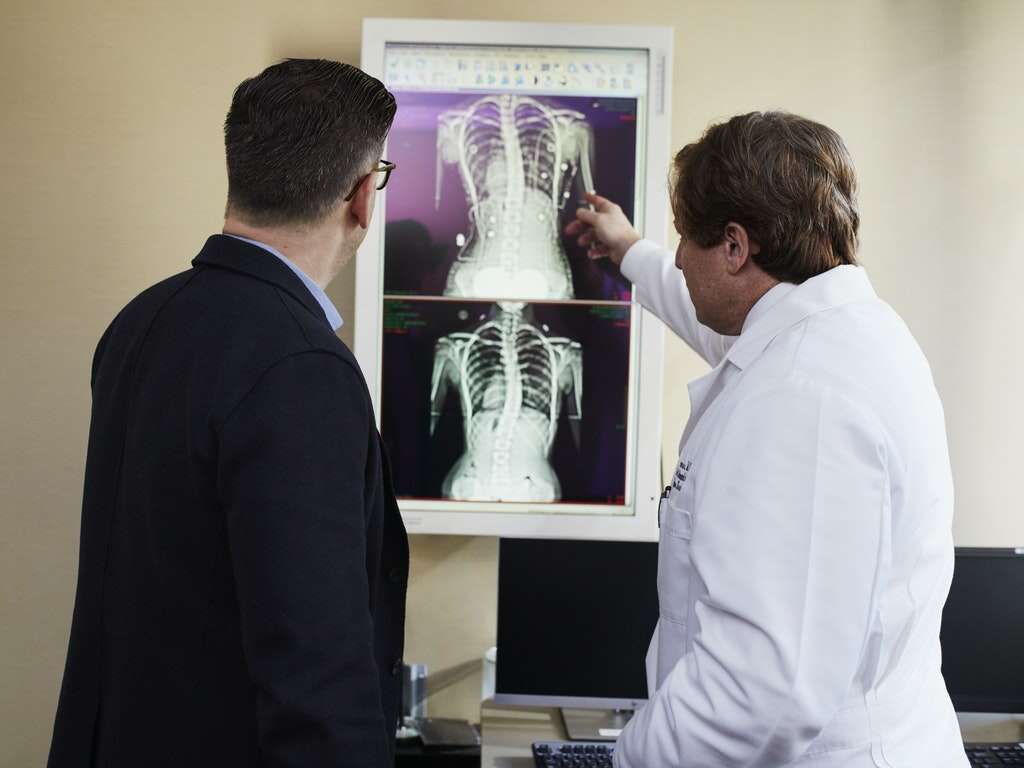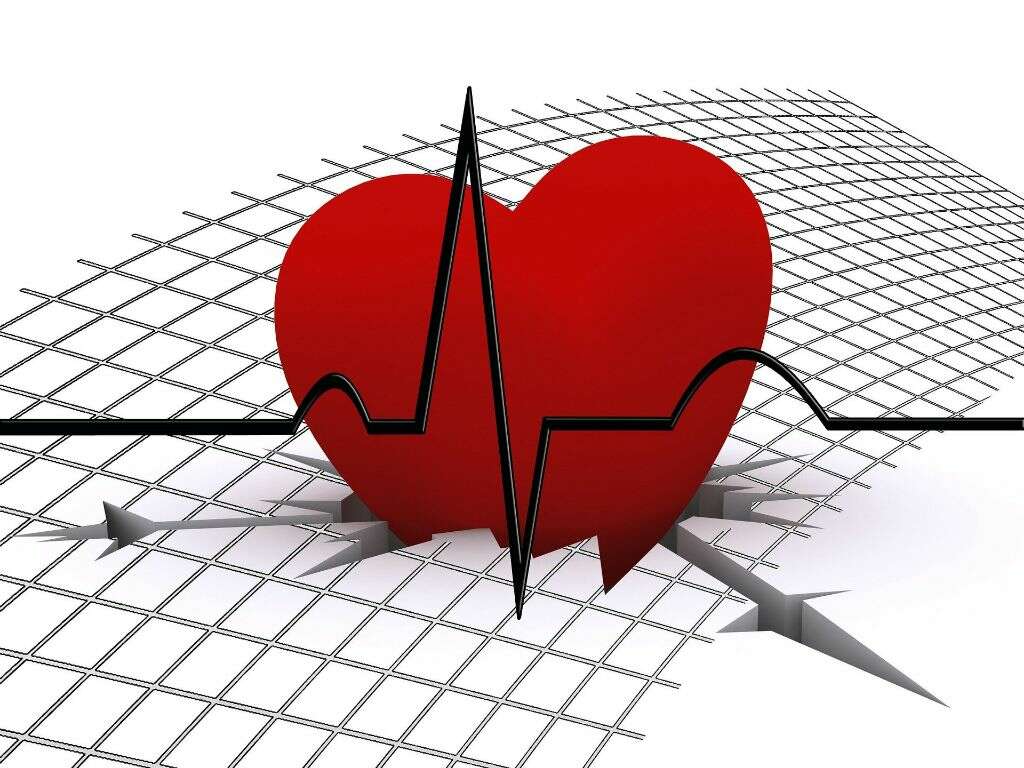What Is Pulmonary Edema?
The walls of our lungs are very important in that they allow oxygen to pass through so it can be absorbed into our blood. This process is achieved through tiny sacs within the lungs called alveoli. Alveoli are clustered together in such a way to maximize the surface area for the most efficient exchange of gases within the blood.
Pulmonary edema is a condition where the alveoli begin to fill with fluids. This means that they cannot fill with air as the patient breathes, and this means that the body cannot absorb oxygen. It can be a very serious condition depending on the severity, and the patient should be found help as soon as a problem is noticed.
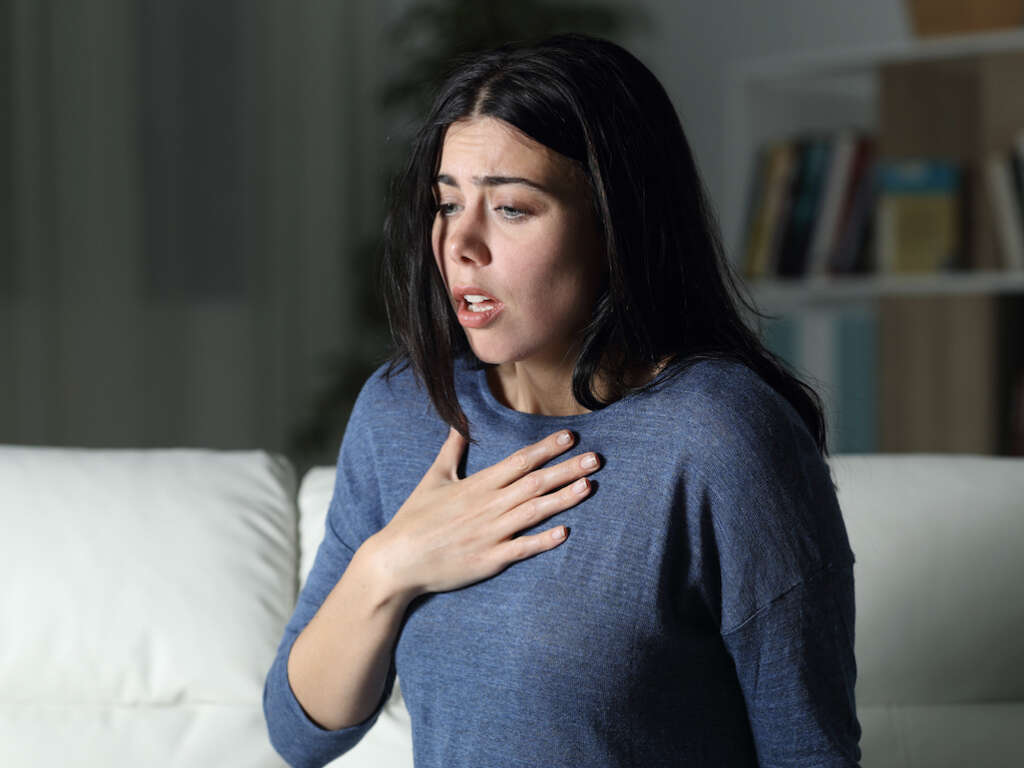
1. Medical Emergency
Not being able to breathe properly is potentially a very serious problem for the patient, for reasons that should be obvious. How dangerous it is depends on the degree to which the patient’s ability to breathe is restricted. If the condition develops quickly then the patient should be found professional medical assistance immediately.
While the condition can be fatal, it is treatable, so the patient should be fine provided they are treated in time. Some people will find that the condition will develop slowly, and this should also be treated once a problem is identified. Treatment for the conditions will help ease the symptoms, while also addressing the underlying cause.
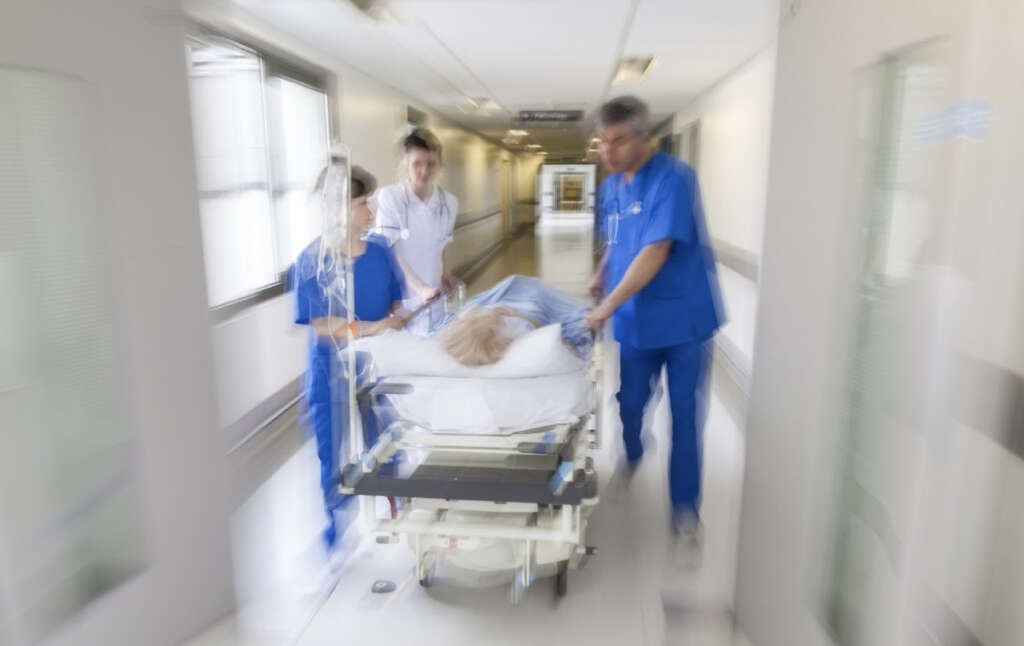
2. Cardiogenic Pulmonary Edema
Most of the time (but not always), pulmonary edema is caused by a problem with the heart. Most of the time, the problem is that the left ventricle, which pumps blood away from the lungs, is not working as well as it should. This can then cause fluids to become backed up in the lungs.
There are a number of heart conditions that can cause this, one of which is congestive heart failure, which is when the heart is not able to efficiently pump blood. Problems with the heart valves are also sometimes responsible, as is damaged heart muscle. Hypertension is also sometimes the cause.
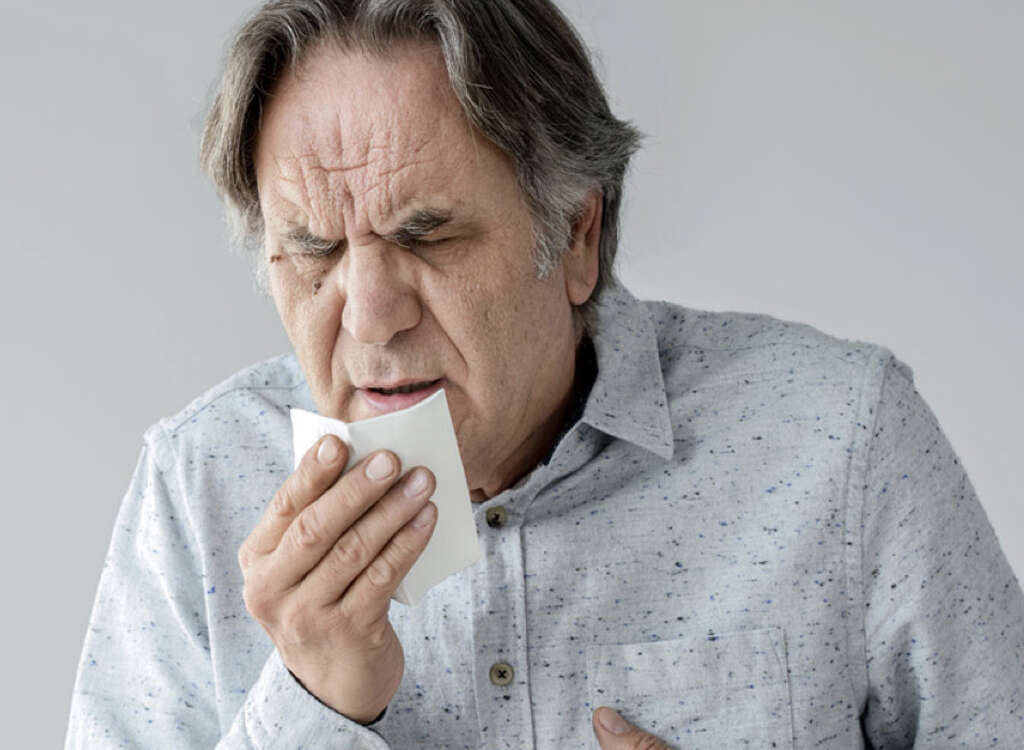
3. High Altitude
People who regularly climb to high altitudes are aware of the risk involved. One of the main problems is that there is less oxygen in every breath because of the lower air pressure. Other problems can also occur, including HAPE (High-Altitude Pulmonary Edema).
HAPE tends to occur at altitudes above 8,000 feet. The high altitude causes a multitude of changes to the vasculature within the lungs causing fluid to build up within the alveoli. It is potentially very serious and it can be fatal. People that are climbing to high altitudes can help prevent the condition by giving their bodies time to adjust to the change in altitude. It is made more difficult to treat by the fact the necessary medical equipment is unlikely to available in many situations where a problem develops.

4. Medical Conditions
There are also a number of medical conditions that can cause pulmonary edema. These include conditions like nerve conditions that can affect how the heart operates. There are also other conditions like Acute Respiratory Distress Syndrome (ARDS). Negative pressure pulmonary edema is a condition where the pressure in the lungs is affected by a blockage in the airways.
This condition, which causes fluid to fill the lungs, can be caused by a number of things. These include infections, pneumonia, excess blood loss, and trauma. Pulmonary edema is also sometimes caused by negative reactions to certain types of drugs. These conditions will need to be treated as soon as possible regardless of the suspected underlying cause.
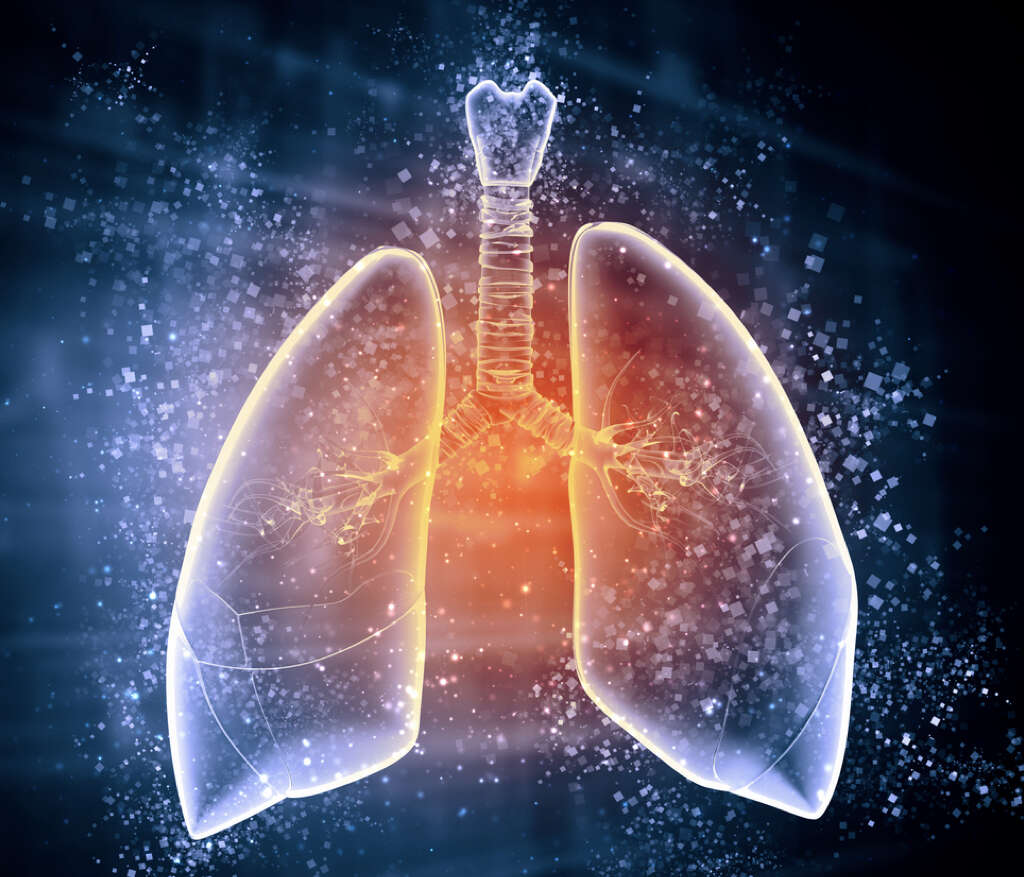
5. Pulmonary Embolism
A pulmonary embolism is a dangerous condition where the pulmonary artery is blocked. This blockage can occur for a number of reasons, and the most common of all is that a blood clot that has been dislodged from elsewhere and found its way in the pulmonary artery.
A pulmonary embolism will prevent the body from getting the oxygen it needs, making it a very serious condition in its own right. It can also lead to pulmonary edema, making the condition even worse. Somebody with a suspected pulmonary embolism should be found professional medical attention immediately because their lives are very much at risk.
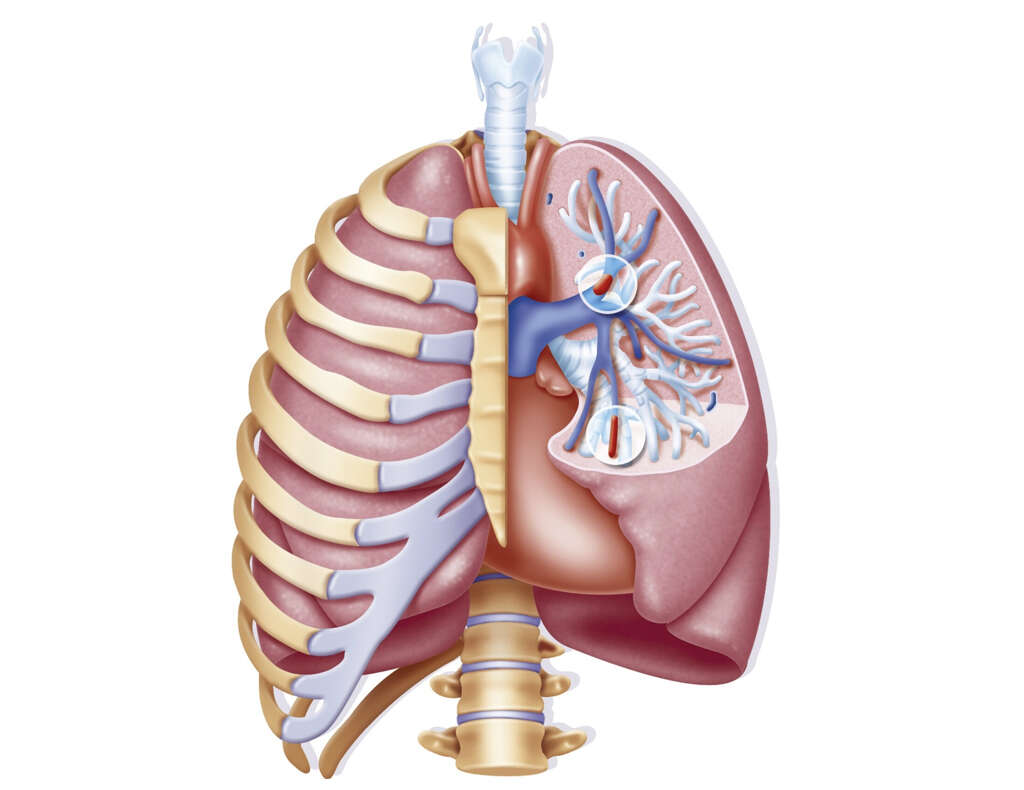
6. Smoke Inhalation
Inhaling too much smoke can be dangerous in a number of ways. One of these is that it can cause damage to the lung’s membranes, and this can cause fluids to leak out into the lungs. Inhaling toxins can also lead to the condition, while toxins can also cause serious problems for the patient elsewhere in the body.
Aspiration is another potential issue, and this means that food or other particles have been ‘inhaled’ into the lungs. This can lead to infections and other potentially serious problems. If you are in an area where you might inhale smoke, chemicals, or anything else that can be harmful then you should take all necessary precautions.
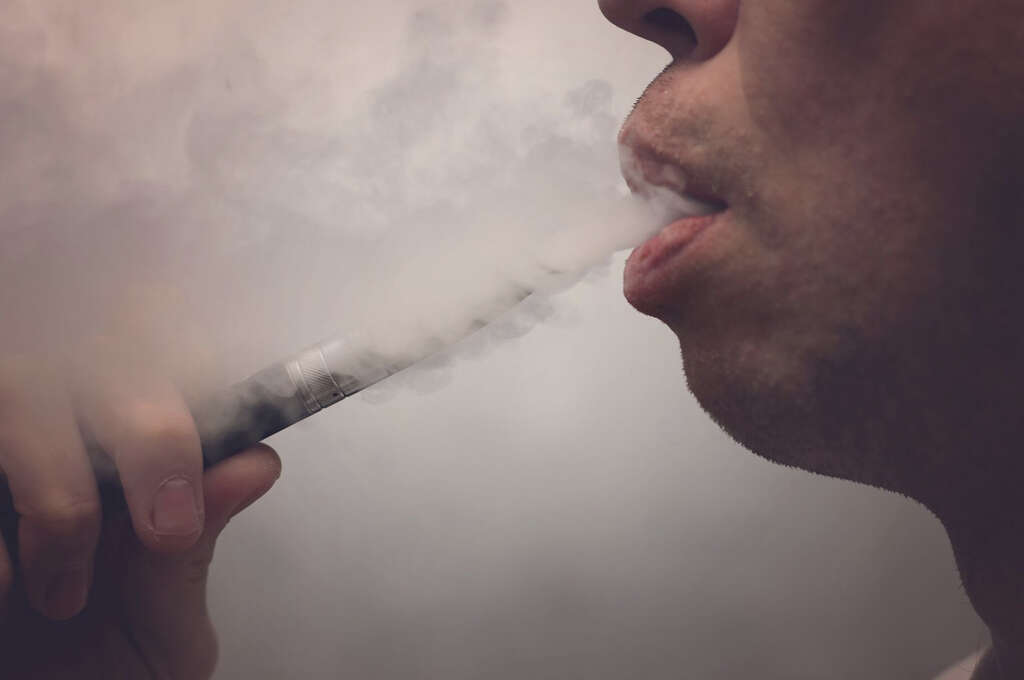
7. Shortness of Breath
The main symptom of pulmonary edema is that the patient will find it difficult to breathe. This can happen at rest, but is likely to get worse when they are active. It can also get worse when the patient lays down. The symptom can also leave the patient wheezing as they are gasping for breath.
When laying down, some patients explain the condition as a feeling that they are drowning or suffocating. Some will also have a cough that produces sputum, and blood might also be present in the sputum. In any instance of severe breathing difficulties, medical assistance should be sought.

8. Anxiety
Pulmonary edema can be a very scary condition, and it can lead to the patient developing anxiety. It can be very difficult for them to relax, and this may also be down to the underlying cause rather than the pulmonary edema itself. In some cases, the patient can also find that their skin turns cold and clammy.
In many cases, the patient’s heart will also begin to pump more rapidly, and it can also become irregular. Again, this is often down to the underlying cause of the problem rather than the the pulmonary edema. If somebody does develop these conditions suddenly and without explanation, it is wise to get medical assistance.

9. Confusion
We do have some times when we become more easily confused than we usually would. It might be because we are faced with something particularly taxing mentally, or maybe we are feeling tired. It is not usually something to be overly concerned about, but it can also be something to be very worried about indeed.
If somebody does suddenly become very confused for no apparent reason then it is a sign that they need help. It can be caused by some very serious conditions like a stroke, various heart conditions, and pulmonary edema. The patient might be struggling to know where they are, how they got there, and they might not even remember the people around them.

10. Prevention
Pulmonary edema is a condition that can be prevented in many cases. Much of the time, this involves keeping in good health to keep the heart in good condition. Even occasional mild exercise can make a big difference, as can eating a balanced diet of fresh foods.
Other ways to prevent pulmonary edema is to prevent the lungs against anything that can damage them, such as smoke and chemicals. In addition, any infections or other medical conditions involving the lungs should be treated as soon as possible. Remember also that if pulmonary edema does occur, it should be treated as soon as it is diagnosed.






